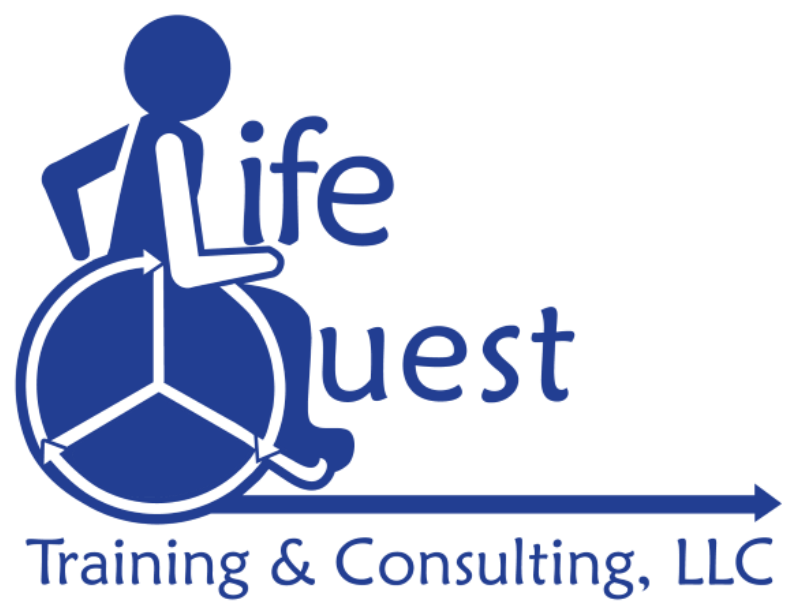Communicating with People with Disabilities
February 21, 2020 / / Comments Off on Communicating with People with Disabilities
February 21, 2020 / / Comments Off on Communicating with People with Disabilities
Communicating with People with Disabilities
February 21, 2020 / / Comments Off on Communicating with People with Disabilities
February 21, 2020 / / Comments Off on Communicating with People with Disabilities
- Speak directly rather than through a companion or sign language interpreter who may be present.
- Offer to shake hands when introduced . People with limited hand use or an artificial limb can usually shake hands, and offering the left hand is an acceptable greeting.
- Always identify yourself and others who may be with you when meeting someone with a visual disability.
- When conversing in a group, remember to identify the person to whom you are speaking.
- When dining with a friend who has a visual disability, ask if you can describe what is on his plate.
- If you offer assistance, wait until the offer is accepted. Then listen and ask for instructions.
- Treat adults as adults.
- Address people with disabilities by their first names only when extending the same familiarity to all others.
- Never patronize people in wheelchairs by patting them on the head or shoulder.
- Do not lean against or hang on someone’s wheelchair. Bear in mind that people with disabilities treat their chairs as an extension of their bodies. So do people with guide dogs and help dogs.
- Never distract a work animal from their job without the owner’s permission.
- Listen attentively when talking with people who have difficulty speaking and wait for them to finish. If necessary, ask short questions that require short answers or a nod of the head.
- Never pretend to understand; instead, repeat what you have understood and allow the person to respond.
- Place yourself at eye level when speaking with someone in a wheelchair or on crutches.
- Tap a person who has a hearing disability on the shoulder or wave your hand to get his or her attention.
- Look directly at the person and speak clearly, slowly, and expressively to establish if the person can read your lips. If so, try to face the light source and keep hands, cigarettes, and food away from your mouth when speaking.
- If a person is wearing a hearing aid, don’t assume that they have the ability to discriminate your speaking voice. Never shout at a person. Just speak in a normal tone of voice.
- Relax. Don’t be embarrassed if you happen to use common expressions such as “See you later.” or “Did you hear about this?” that seem to relate to a person’s disability.
Modified from the video “The 10 Commandments of Communicating with People with Disabilities” by Irene M. Ward & Associates.
Posted in Uncategorized
